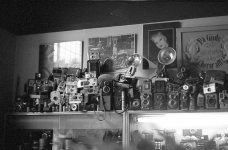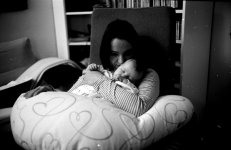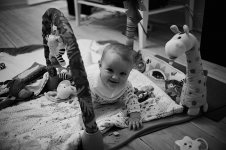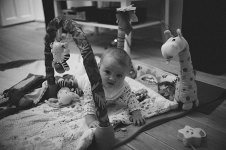arnulf
Registered User
Hello people
I wasn't sure which forum to post this one in, since I quite honestly don't know where the problem lies, so I put it here.
Recently I've got some problems with very noisy shadow areas. I'm saying noisy because it looks a lot more like digital noise than film grain to me. Look at the attached file and see if you understand what I mean. I really don't know what that is, wether it's the film developing, the camera or the scanner process. The only thing I can think of is that it started happenig after I had my M6 repaired a couple of months ago, but I can not seriously see how that could have anything to do with it. The thing is that I've never had the problem until now.
It happens indoors in relatively low light only (not very low, though, and not always). I'm using a M6 with different lenses and Tri-x developed in D76 1:1 and scanned on a Nikon Coolscan V.
What is this? Anyone?
Arnulf
I wasn't sure which forum to post this one in, since I quite honestly don't know where the problem lies, so I put it here.
Recently I've got some problems with very noisy shadow areas. I'm saying noisy because it looks a lot more like digital noise than film grain to me. Look at the attached file and see if you understand what I mean. I really don't know what that is, wether it's the film developing, the camera or the scanner process. The only thing I can think of is that it started happenig after I had my M6 repaired a couple of months ago, but I can not seriously see how that could have anything to do with it. The thing is that I've never had the problem until now.
It happens indoors in relatively low light only (not very low, though, and not always). I'm using a M6 with different lenses and Tri-x developed in D76 1:1 and scanned on a Nikon Coolscan V.
What is this? Anyone?
Arnulf





